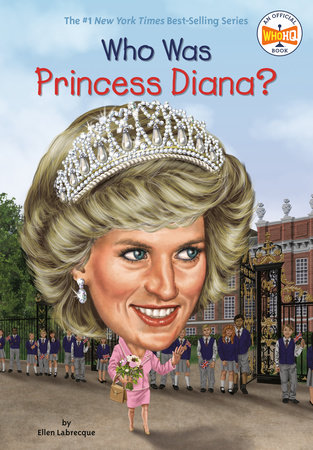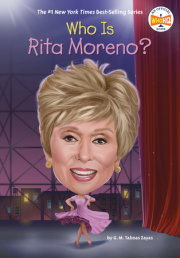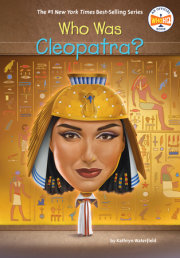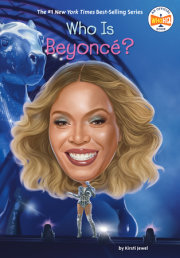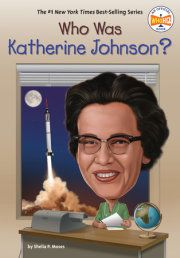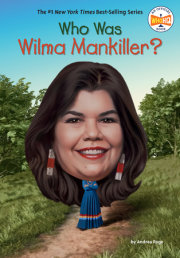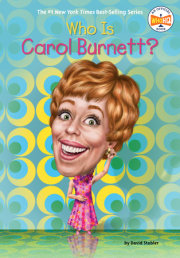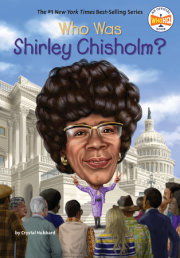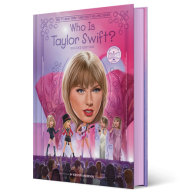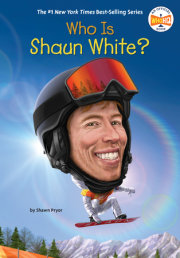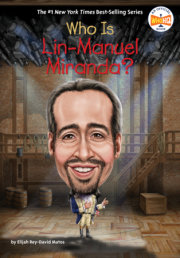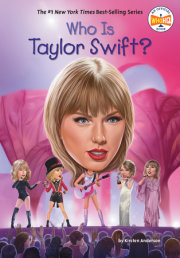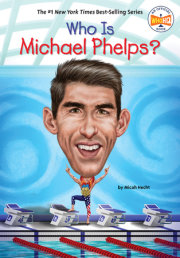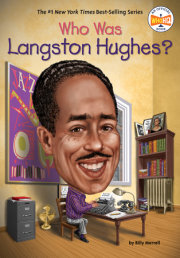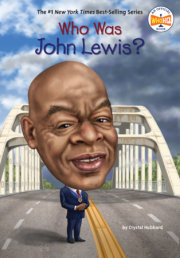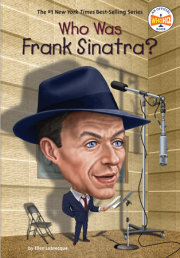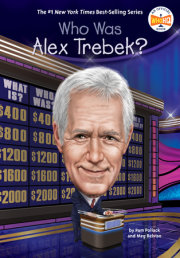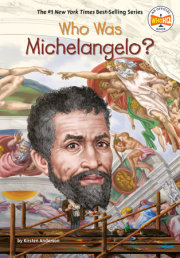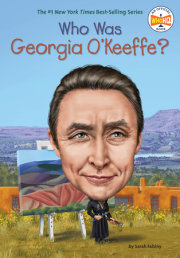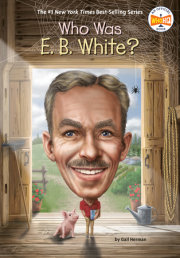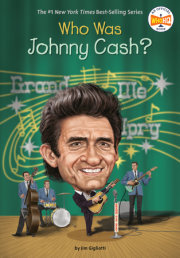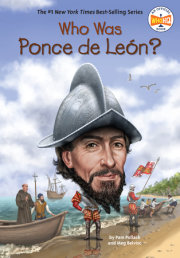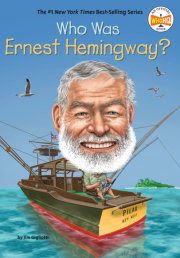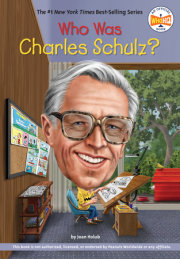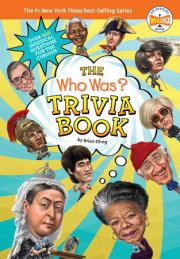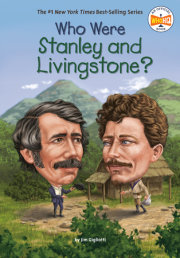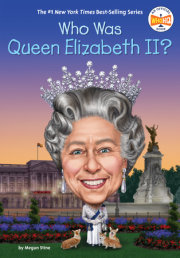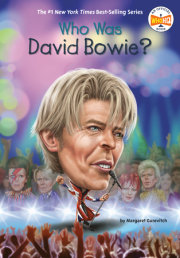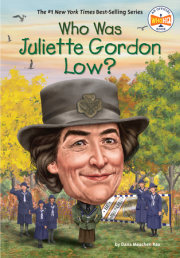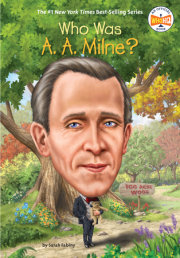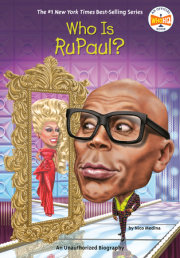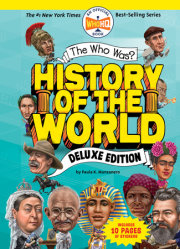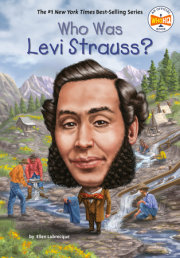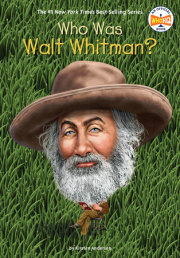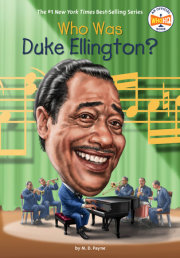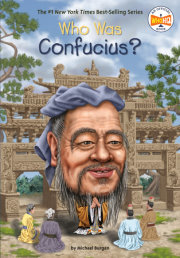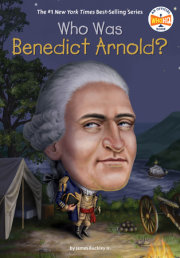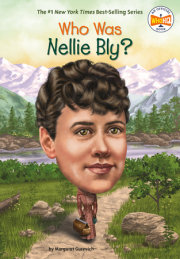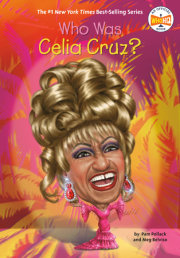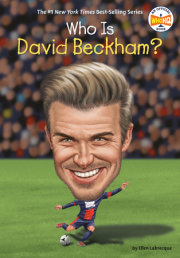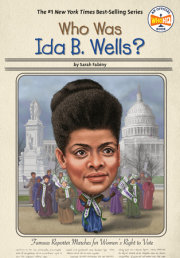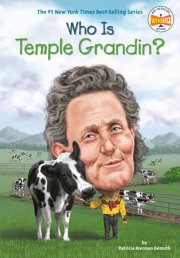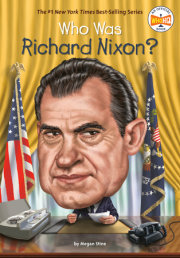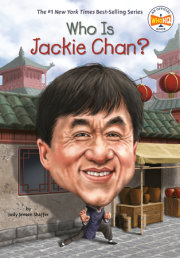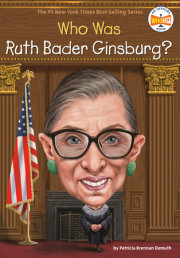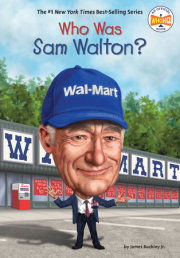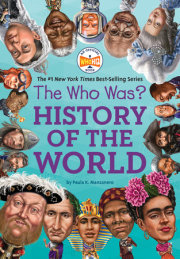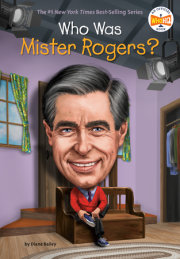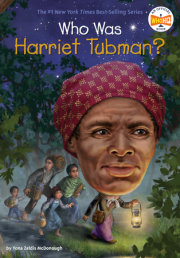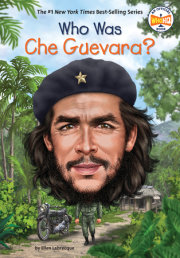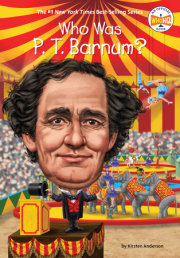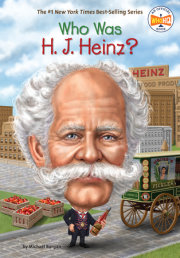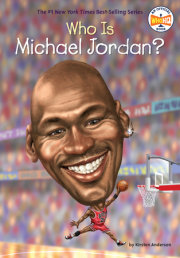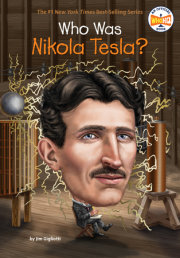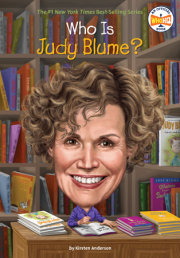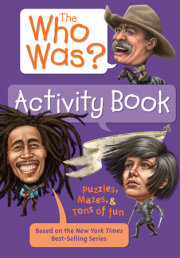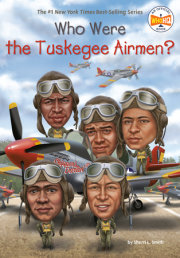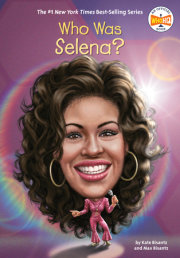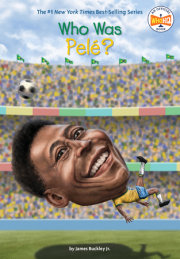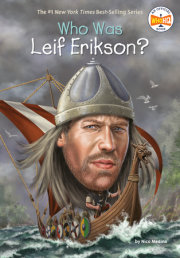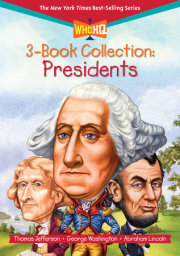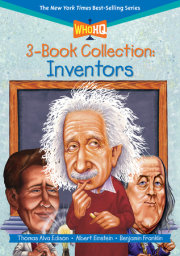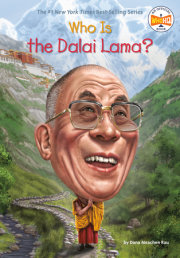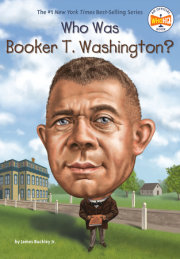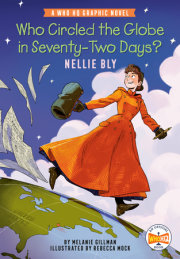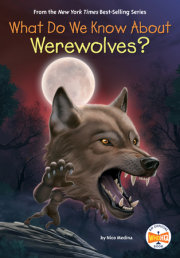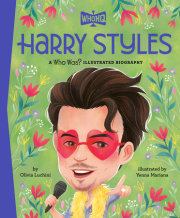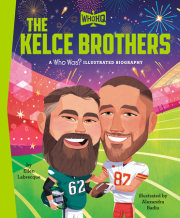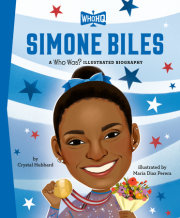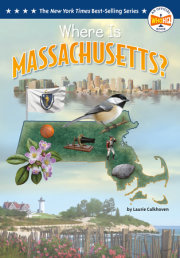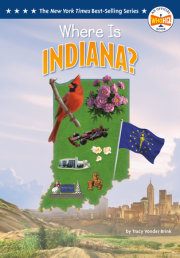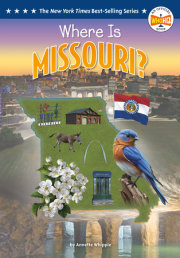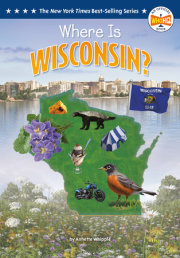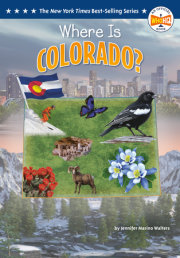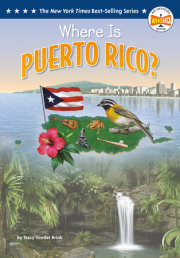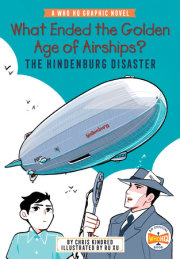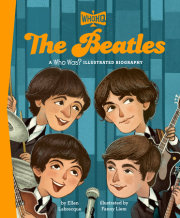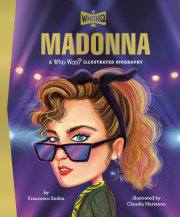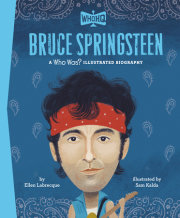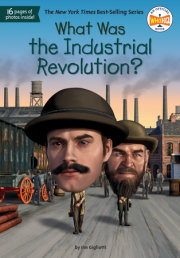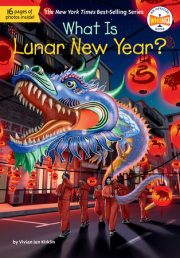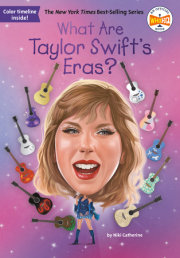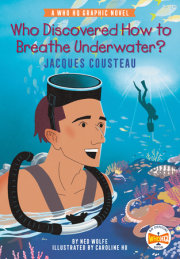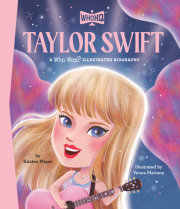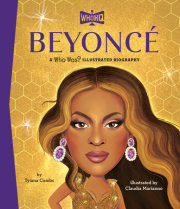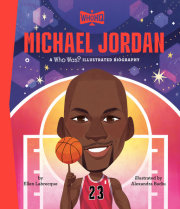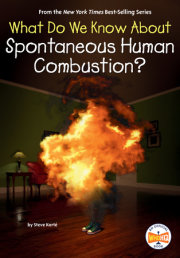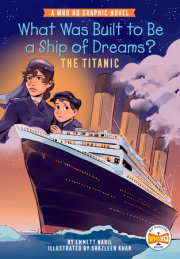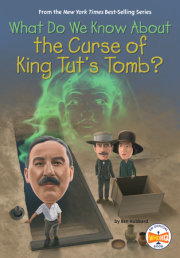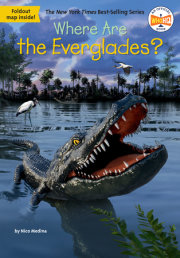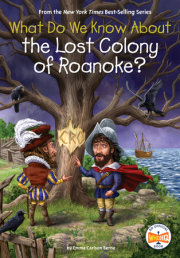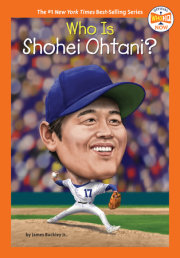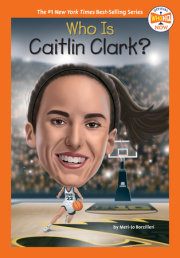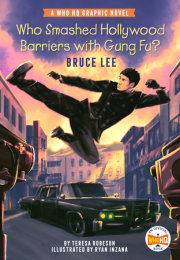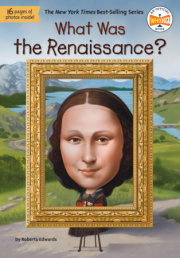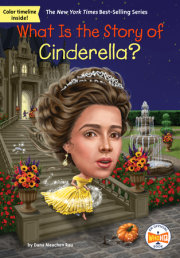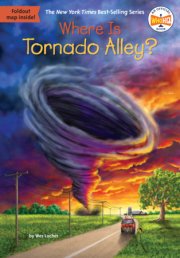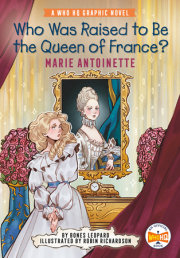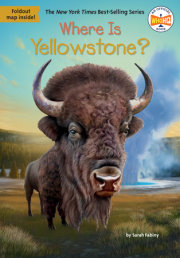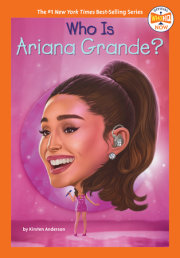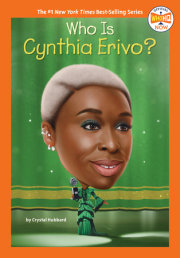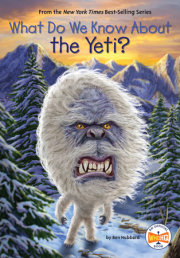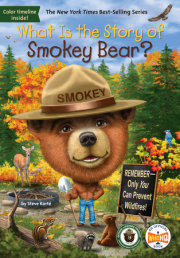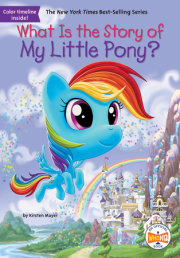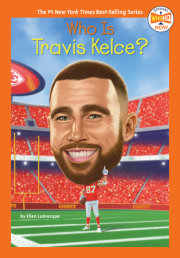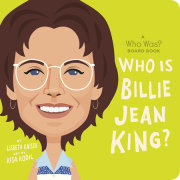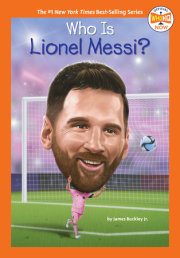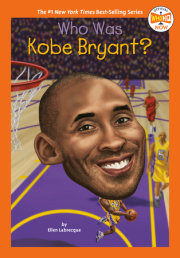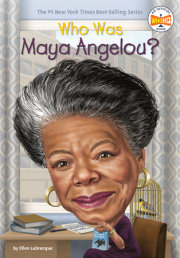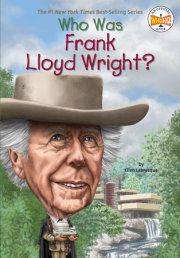Who Was Princess Diana? On July 29, 1981, England celebrated a national holiday. Prince Charles, the thirty-two-year-old heir to the British throne, was about to marry Lady Diana Frances Spencer in the “Wedding of the Century.” Thousands of people lined the streets of London. Three-quarters of a
billion watched on television.
As the crowd cheered, twenty-year-old Diana stepped out of a horse-drawn coach, known as the glass carriage, in front of Saint Paul’s Cathedral in London. She was wearing a beautiful white dress and a sparkling gold-and-diamond tiara. Her train—the back of her dress—was twenty-five feet long! The future princess walked into the church on the arm of her proud father, Earl John Spencer. Thirty-five hundred guests stood and watched the real-life Cinderella walk down the long aisle on a red carpet. Charles’s mother, Elizabeth II, the Queen of England, and his father, Prince Philip, looked on proudly. Standing at the front of the church was Prince Charles. He wore his dark blue naval commander’s uniform and his wavy hair was perfectly combed. The handsome prince could have married anybody, and he had chosen Diana.
“I couldn’t take my eyes off him,” Diana later said. “I just absolutely thought I was the luckiest girl in the world.”
The royal wedding was ready to begin. The Archbishop of Canterbury, who presided over the ceremony, described the day as “the stuff of which fairy tales are made.”
Most fairy tales end “happily ever after.” But real life—even the real life of a princess—is often more complicated.
In the years after her marriage, Diana sometimes felt lonely and sad. Her life was not always as happy as the storybook one she had imagined. But on the day of her wedding—when the whole world was watching—Diana was a happy bride. She couldn’t wait to marry her Prince Charming.
Chapter 1: A Noble Beginning Princess Diana was born Diana Frances Spencer on July 1, 1961. The Spencers had been a rich and powerful family for centuries. They were part of the British nobility, or the wealthy ruling class.
Diana had been born in Park House, a beautiful and large home on the Queen’s estate at Sandringham, England. In the 1930s, Diana’s grandparents were invited to live in the house by King George VI. Park House was then passed on to Diana’s mother, when she had a family of her own.
Diana’s father, John Spencer, held the title Viscount Althorp (say: VAHY-kount AWL-trupp). He had been an officer in the British Army and had fought for England during World War II. Diana’s mother was Frances Spencer, Viscountess (say: VAHY-koun-tis) Althorp.
Diana already had two older sisters, Sarah, who was six years old, and Jane, who was four. Because they were such close friends of the royal family, people often said that each of the three Spencer girls might someday marry one of Queen Elizabeth II’s three sons: Prince Charles, Prince Andrew, and Prince Edward!
When Diana was born, the Spencers had been hoping for a son to carry on the family’s name and inherit their fortune. In fact, the Spencers had not even picked out a girl’s name! They decided on
Diana a week after their third daughter was born.
As a young child, Diana often played alone. Her two older sisters were away at boarding school. “Their growing up was done out of my sight,” Diana later said.
Diana’s parents eventually had the son they always wanted. Charles Spencer was born in 1964, when Diana was almost three years old. Charles became Diana’s best friend.
The youngest Spencer children had fun exploring all of Park House. The huge ten-bedroom mansion had long staircases with railings the children could slide down.
Diana was an athletic child. She enjoyed riding her bike, swimming in their pool, and climbing trees. She also liked playing with stuffed animals—and kept many on her bed. She loved her real animals, too. Diana had pet hamsters, guinea pigs, and a cat named Marmalade.
Like many wealthy children, Diana and her brother had nannies. Diana, though, longed to be cared for by her mother. She and Charles tried to get a few of the nannies to quit and even threw their clothes out the window. But they quickly learned that a new nanny could always be hired to replace the old one.
Aside from those few stunts with her brother, Diana was kind to the nannies. She would help them clean the playroom and do other housework. From an early age, Diana’s father taught her to “treat everybody as an individual and never throw your weight around.” This meant Diana should treat everyone with kindness and never act more important than another person. Diana followed this rule her whole life.
Copyright © 2017 by Ellen Labrecque. All rights reserved. No part of this excerpt may be reproduced or reprinted without permission in writing from the publisher.

